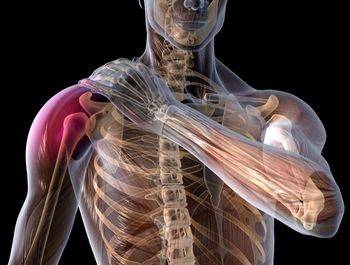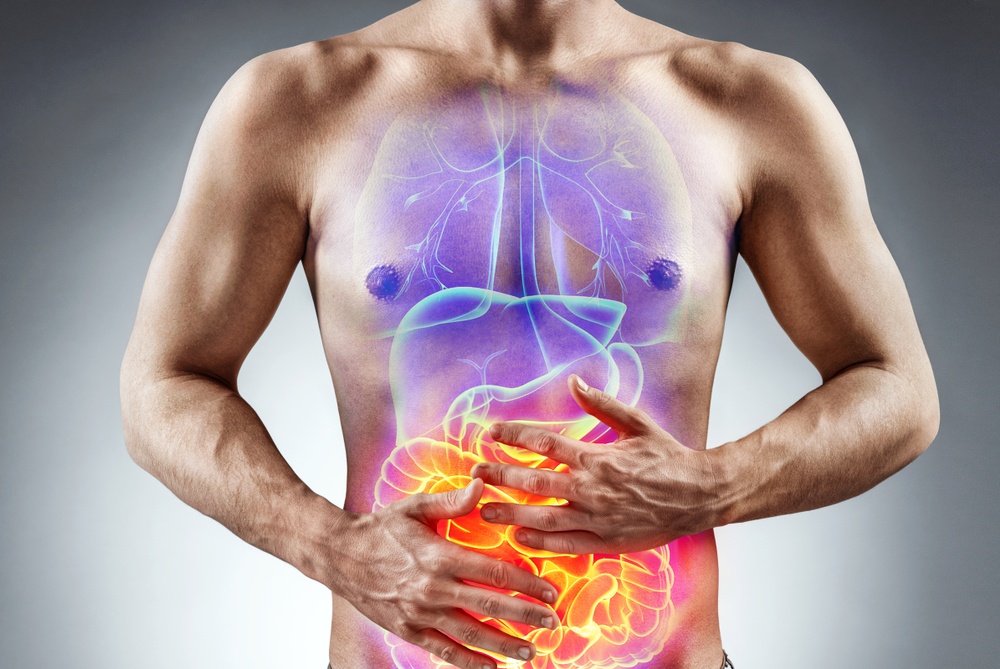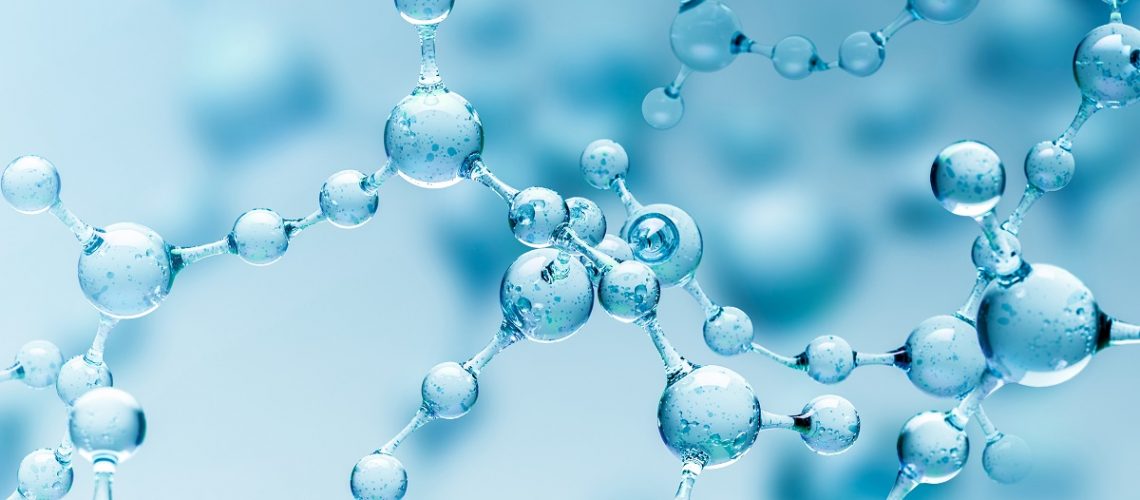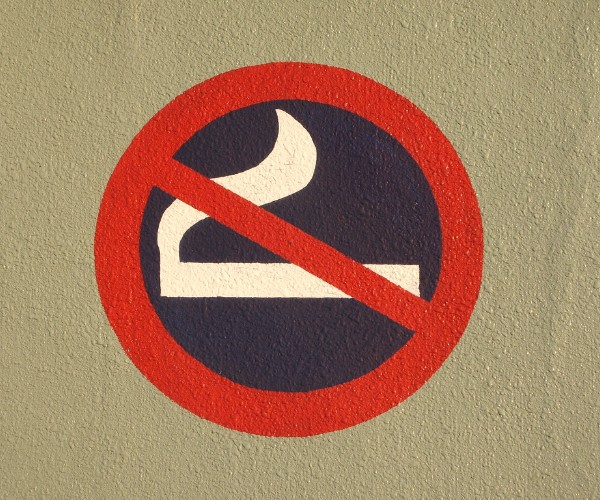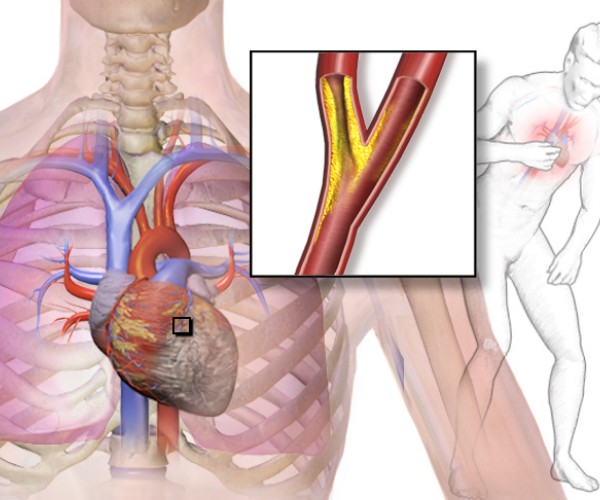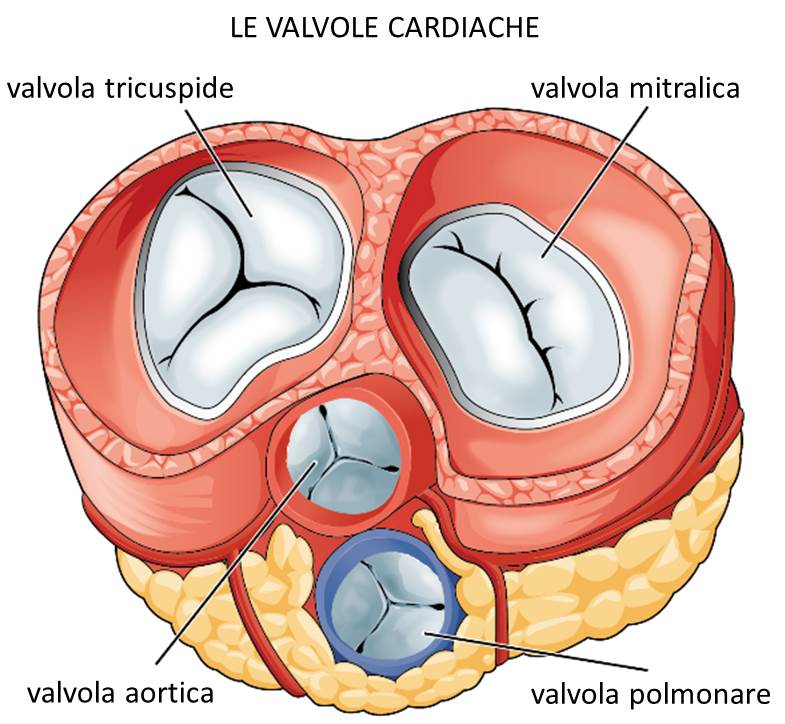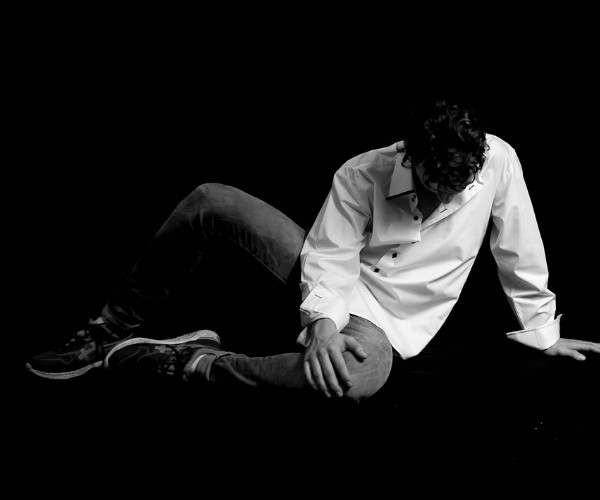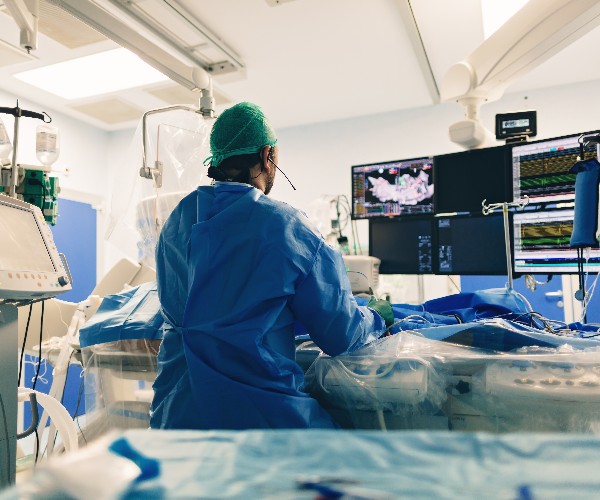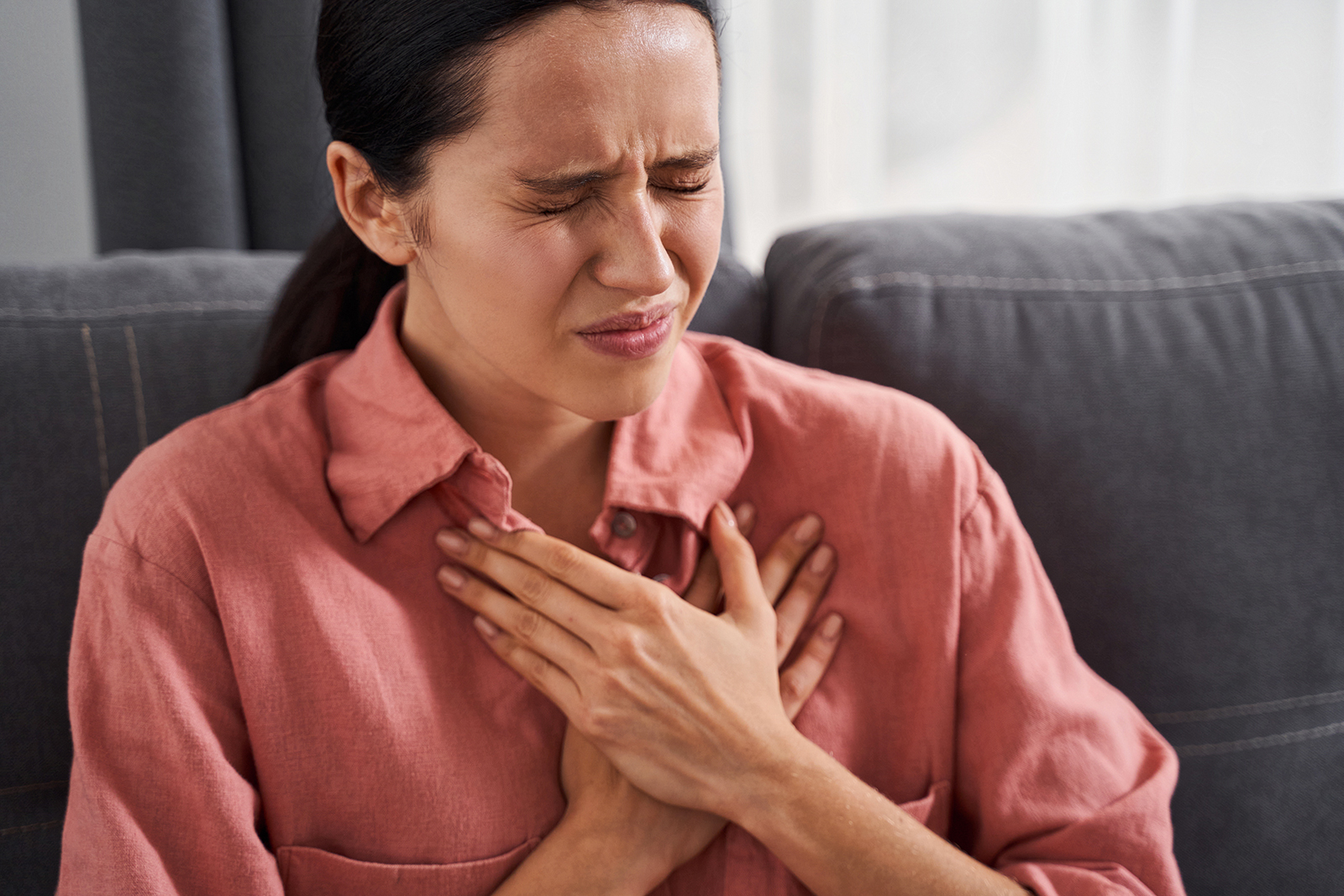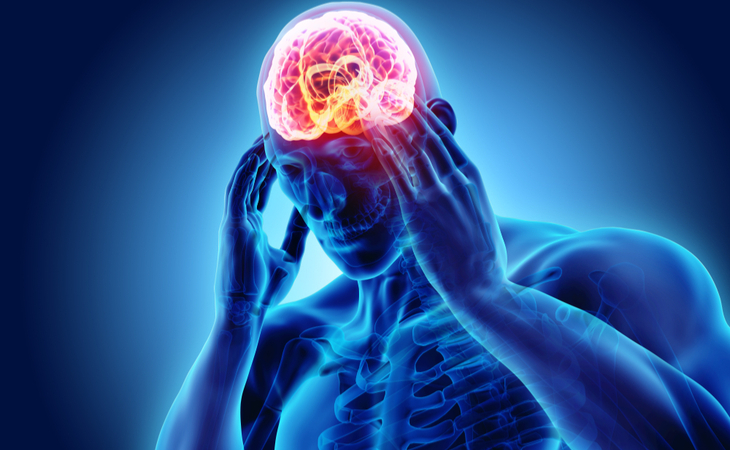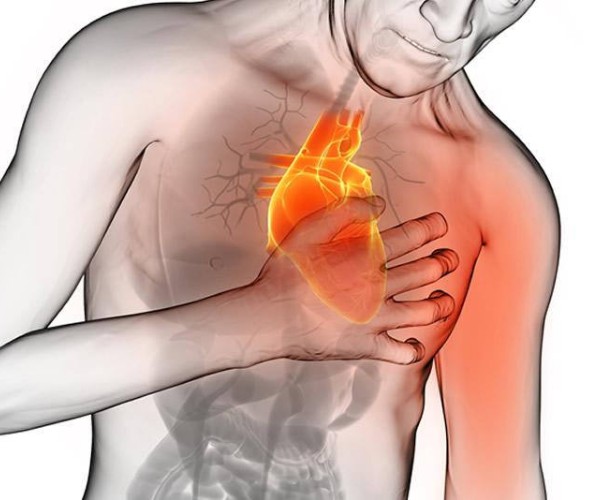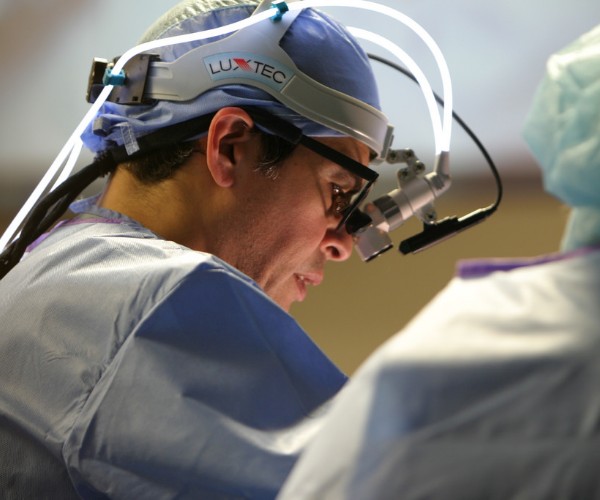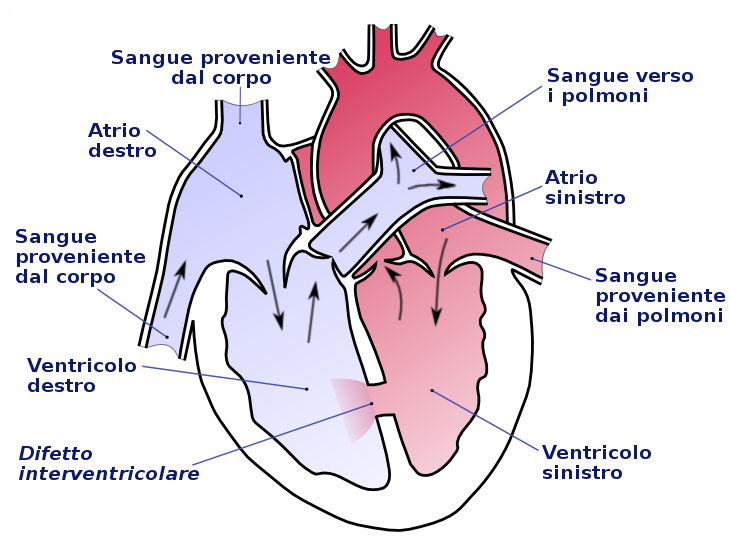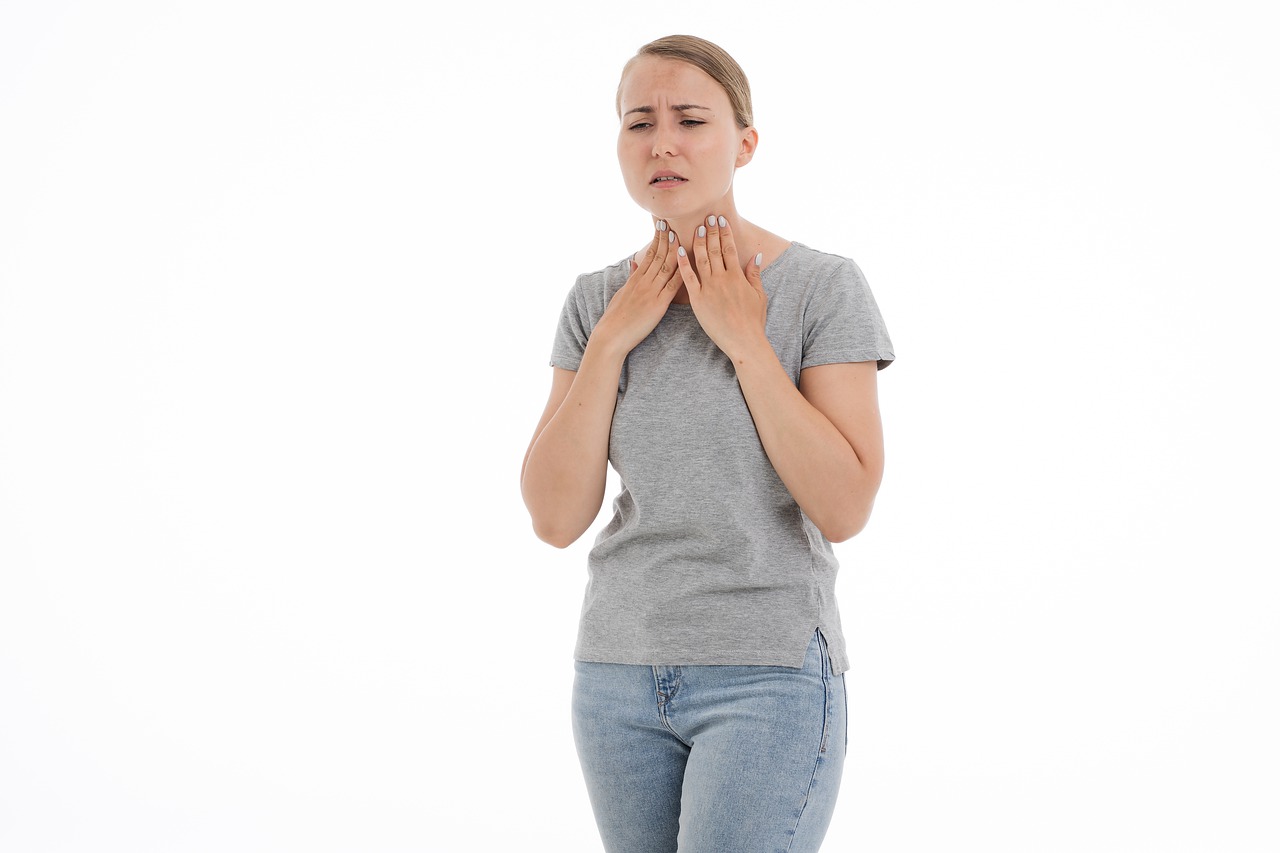In the presence of oxygen, the cells of our body receive energy from the chemical transformation of nutrients. This energy in part is used for the maintenance and renewal of cellular structures. Since our body cannot supply itself with oxygen through specialized cells or through a specific organ, oxygen must be continuously stored and distributed to different districts.
This process is possible through proper functioning of nerve centers. If, however, only one function is lost, it decreases oxygen supply, initially damaging the function of individual tissues and also compromising the patient’s survival.
Severe trauma, high temperatures and toxic substances can also damage tissues. Oxygen deficiency for the body is fatal, as there is rapid deterioration of brain as well as heart function. This also causes worsening of vital functions, which can affect even organs that were not initially damaged.
Source: Handbook of Shock Emergencies





